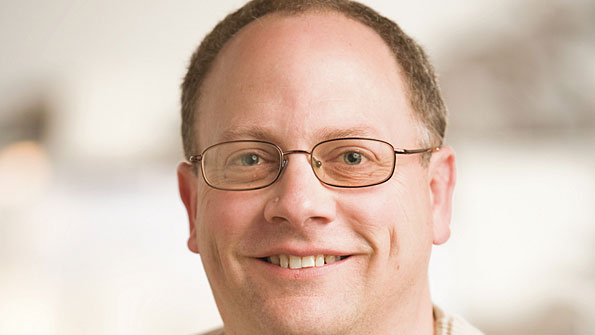Dialogue on prioritization, preemption, other meaningful response operations needed to make FirstNet goals a reality
What is in this article?
Dialogue on prioritization, preemption, other meaningful response operations needed to make FirstNet goals a reality
From the outset, FirstNet officials have discussed their vision that the much-anticipated 700 MHz public-safety LTE system would be nationwide in scope, but it would be designed to provide local control to the agencies responding to emergency incidents on a daily basis.
Exactly what “local control” means in this context is unclear, at the moment. In fact, no one is even certain about the user base for the network, which is why FirstNet recently conducted a proceeding to explore the definition of what constitutes a “public-safety entity” that could be considered for priority access on the network.
Even after the user base for the FirstNet system is clarified, what public-safety officials eagerly want to know is whether their individual agencies will have the communications resources necessary to respond effectively to emergencies.
This desire was never more evident than in June, when Public Safety Communications Research (PSCR) conducted its annual stakeholders’ conference, which included a panel exploring the notion of local control on a public-safety LTE network. Despite being the final session of a long week, this panel discussion featured lively debate and robust participation from the audience.
As passionate, informative and entertaining as the PSCR session was, the conversation also revealed some disconnects.
Those with the most knowledge of the technical capabilities of LTE often were not nearly as familiar with public-safety operations. Meanwhile, some public-safety representatives—used to LMR technology—did not seem comfortable with nuanced prioritization levels included in the LTE standard.
Again, this is all understandable. After all, while the LTE standard does include lots of prioritization levels that can be changed dynamically, these levels of prioritization are not something that commercial wireless carriers use often, so much of this really is a new frontier.
After returning from the PSCR conference, I reached out to Clint Smith about the possibility of developing a scenario that would highlight some of the potential impacts that a FirstNet LTE network could have on responders during the incident.
Now, you may know Smith as the chief technical officer (CTO) for Rivada Networks. As such, he is very familiar with both LTE and particularly with its prioritization capabilities; in fact, those capabilities are at the foundation of the company’s unique dynamic spectrum arbitrage/tiered priority access approach.
In addition to his “day job,” Smith is a volunteer firefighter for the Pine Island Fire Department (PIFD) in New York, which he speaks about passionately. During the past year, Smith has received patents for developing technological approaches to address operational public-safety problems—for instance, locating firefighters in a smoke-filled environment—that probably never will be considered part of his company’s “core” offerings, at least from a financial perspective.
With the help of two other members of the volunteer PIFD—Officer Fred Hroncich and PIFD Chief Pete O’Connor—Smith has penned a white paper outlining how myriad first-response agencies would use LTE capabilities in their response efforts to a multiple-vehicle accident, with some complications.
Not surprisingly, the white paper includes a lot of detail from the perspective of the volunteer fire department responding to the situation. That’s an important perspective, because many FirstNet officials have expressed the desire to ensure that the public-safety LTE system is accessible to all responders, including the many volunteer fire departments.
Smith’s white-paper scenario depicts a situation that leverages a Band 14 LTE network that is brought to the scene and how prioritization can be changed dynamically throughout the response effort. But it certainly is not the only scenario that should be considered, as Smith notes during this podcast regarding the white paper.
In addition, the white paper calls for public safety to receive prioritization on a commercial network in the geographic area. This likely will raise a few eyebrows, but Smith explains during this podcast that focuses on the priority/preemption aspects of the scenario that it is technically feasible—although it could be challenging, from a policy perspective.










